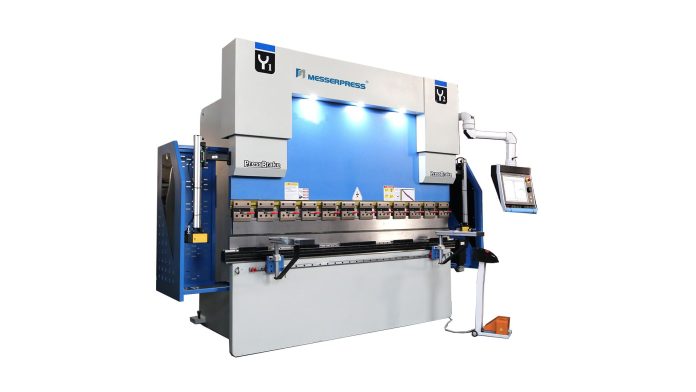If you need to bend pipe and tubes of different sizes, then you should consider using a hydraulic bending machine. These machines are easy to use and can be operated by anyone with a moderate amount of knowledge.
The bending process involves inserting the pipe into the machine, and adjusting the angle. This is done by using a mandrel and clamping die.
Pipe and Tube Benders
Pipe and tube benders use bending equipment to form tubes and pipes into a desired shape. They fabricate pipe and tube parts for pneumatic, hydraulic, medical and process applications.
The tools used to make pipe and tube products differ according to the type of material being bent. For example, pipe is generally thicker walled and is always round, while tubing is thinner and often square or oval.
Choosing the right bending machine is an important decision because different types of benders are suitable for different applications. For example, a 100% electric mandrel bender may be less accurate than a hybrid electric/hydraulic or an all-electric servo driven machine for large diameter and tight CLR (Center-to-Length Ratio) tubes.
For smaller tube or pipe diameters, manual rotary draw benders are typically adequate. However, if accuracy and appearance is critical, it might be better to invest in a mandrel bender. Alternatively, an induction or hot bending machine might be more appropriate for the job.
Hydraulic Press Brakes
Using the punch and die of a press brake, sheet metal can be bent into various shapes. The shape of the metal formed depends on both the size and shape of the punch and die.
Hydraulic press brakes are used in bending sheet metal for manufacturing, industrial applications or for making components for other devices. These modern machines are powered by hydraulic systems and computer technology, which enables them to bend metal with great accuracy and consistency.
To ensure the correct bending, it is important to choose the proper tonnage and bending length for your application. The tonnage is the total amount of pressure that the punch can apply during a bend, and the bending length is the maximum amount of sheet metal that the press brake can bend.
There are a number of different bending forces available on the market, so choosing the one that’s best for your application is crucial. The right tonnage can make a huge difference in the quality of the finished product, while the wrong tonnage could damage the press ram or die or ruin the machine entirely.
Hydraulic Pipe Bender
Hydraulic pipe benders are a type of metal bending machine that uses hydraulic pressure to bend pipes and tubes. They are more expensive than manual pipe benders but have the ability to make curved tube and pipe shapes that you can’t make with a manual pipe bender.
These types of bending tools are useful for building wall returns, handrails, roll cages, car chassis, rail elbows, furniture frames, and pipeline construction and repair. They are also helpful in making large-radius bends, especially for pipes that are made of steel or cast iron.
The hydraulic cylinder of a hydraulic pipe bender connects to a pump that supplies high-pressure oil to the piston and other components. The ram of the cylinder expands when the user turns the release knob, allowing the bending action to occur.
Hydraulic Tube Bender
When you’re working with a variety of tubing and pipes, it’s a good idea to have a hydraulic bending machine. These are big and bulky but can handle the force needed to bend tougher materials like aluminum and steel.
These are used in industrial and automotive work (like making roll cages or bumpers) and fabrication. They are also useful for DIY enthusiasts who want to create their own projects.
Some of these tube bending machines use a hydraulic jack to make the bends, while others are more mechanical models. These are usually found in workshops and home garages of hobbyists and can be a good choice for those who need a heavy-duty tool to bend tougher materials.
A hydraulic bending machine is also safer to operate than a manual model because it doesn’t involve levers and can be operated by one person at a time. However, you should keep in mind that these tools are also not for the faint of heart so it’s best to practice your bending techniques on a few test pieces before using them for serious projects.




